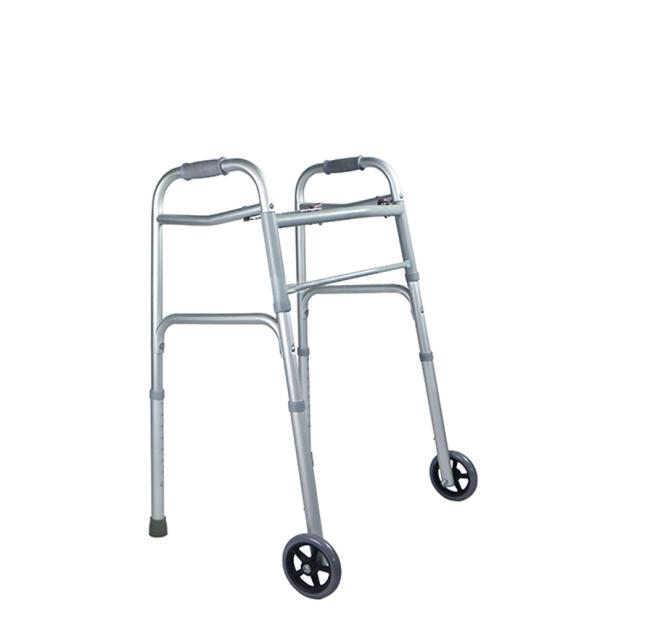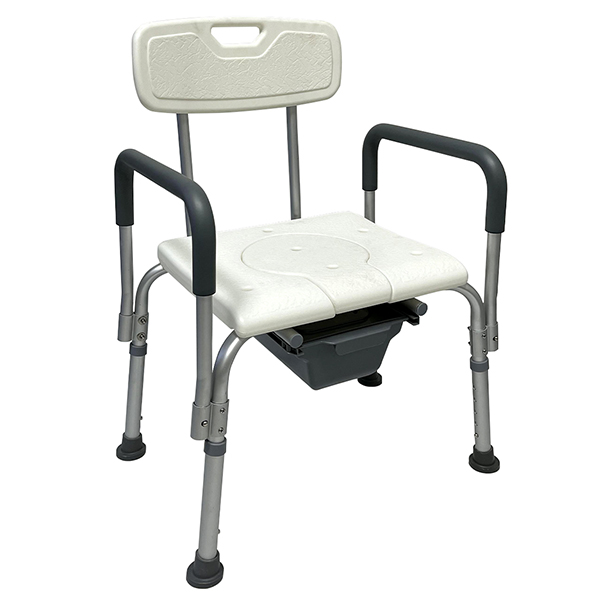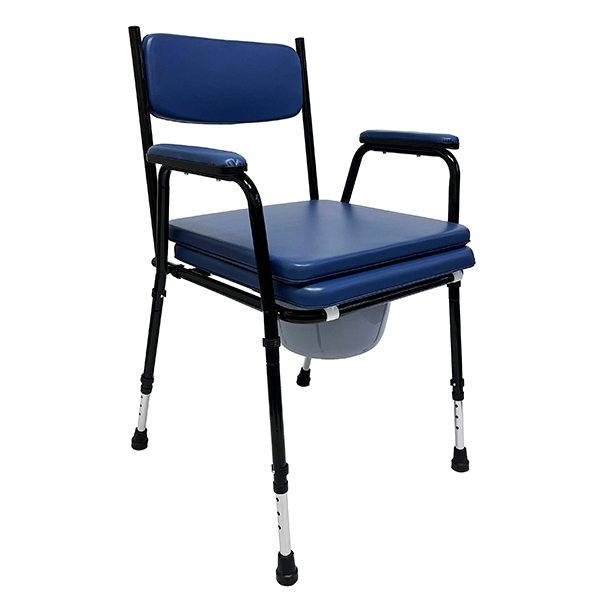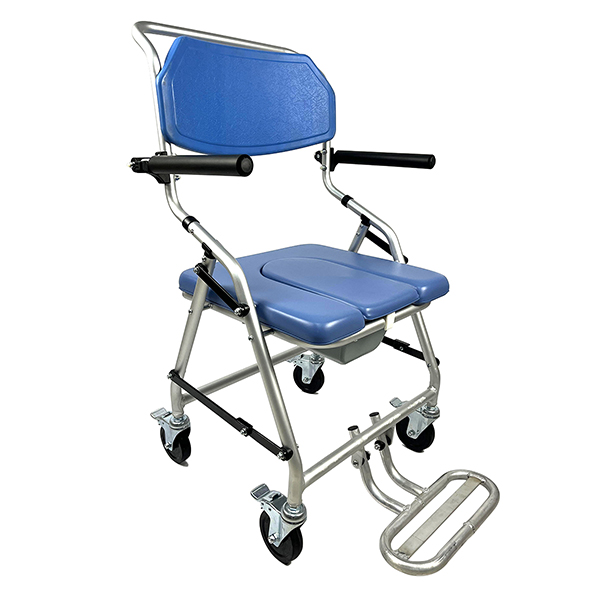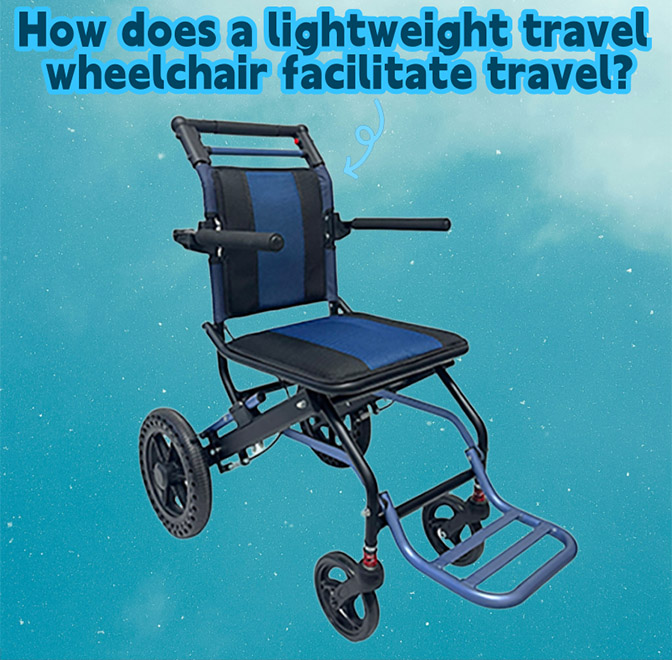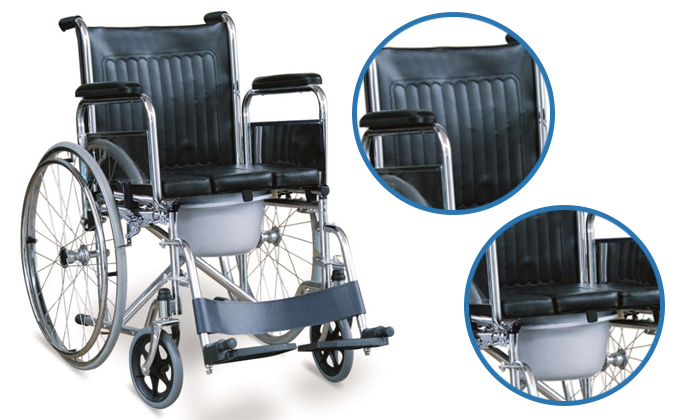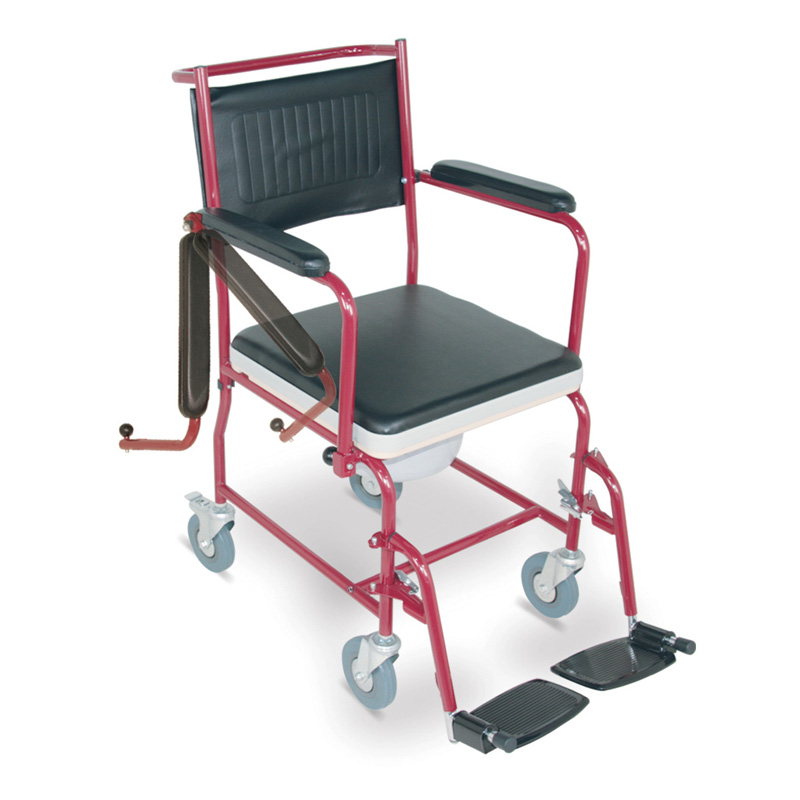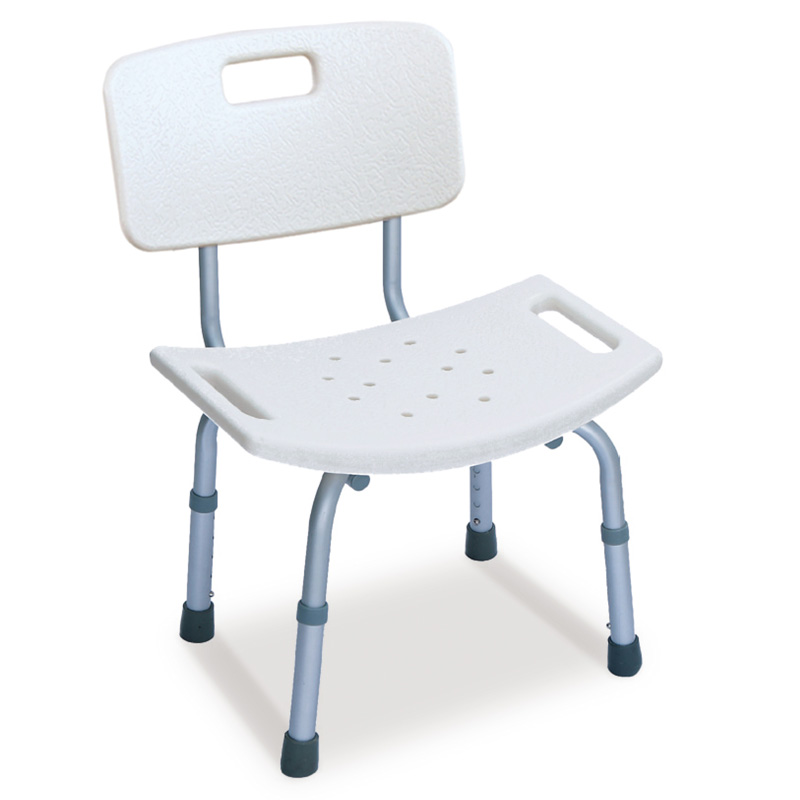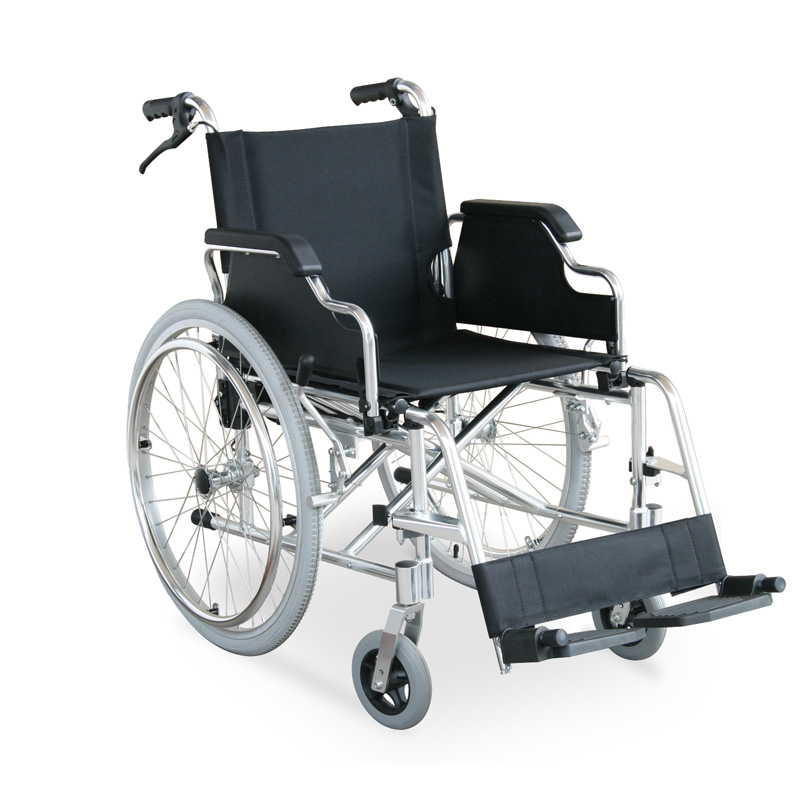Differences and considerations between walkers and upright walkers
2025-04-15 05:40
Walkers are a great helper for people with limited mobility. Ordinary walkers are simple in structure, mostly with four wheels, and are pushed to assist walking. They are suitable for people with weak lower limb strength, and some are foldable for easy carrying. Upright walkers have a high frame and can assist in standing upright. They are suitable for people with poor balance endurance, and are equipped with hand supports and hand brakes.
Differences and considerations between walkers and upright walker
As we age, mobility issues can become a challenge. Rollator walkers can provide the support and stability needed to maintain independent living and continue to enjoy daily activities. There are many types of rollator walkers, among which rollator walkers and upright walkers are similar but different.
Differences between rollator walkers and upright walker
Rollator walkers are usually simpler walking aids. Rollator walkers generally have four wheels and are relatively low in height. They mainly rely on pushing the rollator walkers forward to assist walking. The design of rollator walkers focuses more on providing certain support and stability to help people with limited mobility maintain balance while walking and relieve some pressure on the legs.
Upright walker usually have a higher frame structure. Upright walker are equipped with height-adjustable handles, and some are equipped with armrest pads for increased comfort, which can help users maintain an upright posture; the bottom is similar to that of common walkers. Upright walker are also equipped with brakes, and some have storage baskets or bags.

Disadvantages of upright walker
Large size, inconvenient to carry: To ensure stability and support, the stand up rollator walker has a large and heavy frame, which is inconvenient to carry and store, and is not convenient to use in narrow spaces. Stand up rollator walker may cause inconvenience when riding in public transportation or entering some narrow places.
There are certain requirements for the user's physical condition: The use of stand up rollator walker requires users to have certain upper limb strength and balance ability. If the user's upper limb strength is too weak, the stand up rollator walker may not be effectively controlled; and people with poor balance ability may be at risk of falling when using stand up rollator walker.
Is upright walker safe?
Stand up rollator walker are designed with safety in mind. The stable frame can provide good support to prevent the stand up rollator walker from tipping over; the brake system can brake the stand up rollator walker in time when needed to avoid accidental sliding.
The safety of stand up rollator walker is not absolute. If used improperly, such as not adjusting the height of the stand up rollator walker correctly, or using it on an unsuitable road surface, it may cause safety problems. An stand up rollator walker can help users maintain an upright posture, assist walking, and reduce the risk of falling.
How to choose an upright walker or a rollator walkers?
Physical condition and needs
.Upright walker: Suitable for people who have a certain ability to stand and walk, but poor balance and endurance, and need to use an upright rollator walker to support an upright posture and assist walking. An upright rollator walker can provide better body support and reduce the burden on the lower limbs.
.Ordinary rollator walkers: Upright rollator walkers suitable for people with weak lower limb strength and inconvenient movement. The requirements for standing balance are relatively low, mainly assisting walking and increasing stability.
Functional characteristics
.Upright walker: An upright rollator walker usually has height-adjustable handrails, hand supports, brake devices, etc., which can help users maintain an upright posture and exercise standing and walking functions.
.Ordinary rollator walkers: The structure is relatively simple, with four wheels, three wheels or two wheels. Four-wheeled rollator walkers have good stability and are suitable for use on relatively flat ground; three-wheeled rollator walkers have flexible steering; two-wheeled rollator walkers require users to have certain control capabilities and are often used for short-distance movement indoors.
Portability
.Upright walkers: Upright rollator walker are large in size and still take up a certain amount of space after folding and storage, making them inconvenient to carry.
.Ordinary rollator walkers: Rollator walkers parts are foldable, easy to store and carry, and convenient for users to use when going out or in different places.

What should I do to prepare for the upright walker?
Preparation before use
.Walker inspection: Carefully check the components of the upright rollator walker, check whether the frame has cracks or deformation, and whether the screws and other connectors are loose; the handle is firm and the rubber cover is intact to avoid slipping; the wheels rotate flexibly and without jamming or damage, and the brakes are sensitive and effective if they are equipped with brakes; if there are auxiliary equipment related to the upright rollator walker, such as fixed belts, etc., they should also be checked to see if they are normal.
.Environmental cleaning: Ensure that the environment where the upright rollator walker is used is dry and flat, without stagnant water, oil stains, obstacles, etc., and the passage is wide and unobstructed, so that the upright walker can pass smoothly.
Correct adjustment
.eight adjustment: Adjust the upright rollator walker so that the handle height is about flush with the wrist mark. At this time, the elbow joint bending angle is about 150 degrees, which is comfortable.
-
Please visit Aluminium Adjustable Walker For Elderly
For the elderly and those recovering from surgery, this Folding Wheel Walker is their mobile assistants.This Adjustable Rollator Walker has a lightweight aluminum alloy body, which makes it effortless to carry and move. The aluminum frame of this Lightweight Rolling Walker can provide stable support, the foot pads of this Lightweight Rolling Walker are non-slip, the height of this Folding Wheel Walker can be adjusted, and the one-button folding design of this Folding Wheel Walker is very considerate. This Adjustable Rollator Walker gives people with limited mobility more freedom.This Aluminum Walkers With Wheels also makes their lives more convenient.
Get the latest price? We will reply as soon as possible (within 12 hours)

